The Silencers
Columbia Pictures decided to give Sean Connery and James Bond a run for their money when they introduced Dean Martin to the world as a secret agent named Matt Helm in a sexy and elaborate spy spoof called The Silencers.
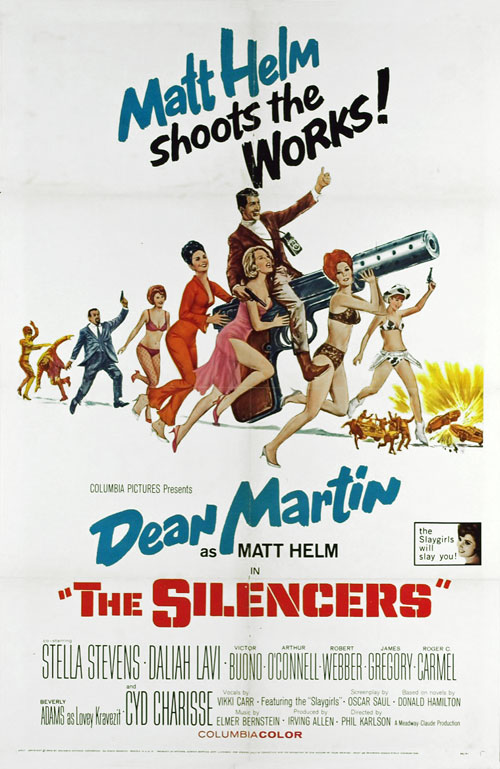
This 1966 Bond spoof starred Martin as a retired secret agent who has been working as a fashion photographer who has been lured out of retirement to intercept a computer tape from a scientist that will allow bad guys the ability to control all United States missile power and somehow his only way of preventing this is a road trip with a klutzy redhead (Stella Stevens) who may or may not be an enemy agent.

But as anyone who has seen this film can attest, this movie is so NOT about the story, but about the movie genre that it is respectfully lampooning and how dead solid perfect the lampoon is. Oscar Saul's screenplay is filled with corny comic book villain dialogue, sexual double entendres, and even utilizes a couple of famous lines from TV commercials from the 1960's to show how hip and cool what we're witnessing is.
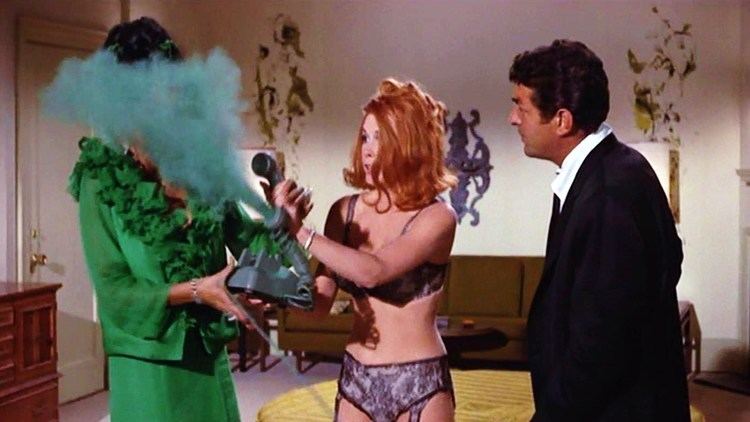
As in the Bond films, Matt Helm is surrounded by hot and cold running women from opening to closing credits but I found it absolutely inspired that the female he spends most of his screentime with is a clumsy airhead who just might only be pretending to b an airhead. The screenplay does do a pretty good job of keeping us in suspense as to whether or not her being an airhead is just an act. The story never takes itself too seriously and never forgets who is the star of the film...there are several moments in the film where Martin sings these little monologues that totally spit in the face of realism but we really don't mind.

Columbia spared no expense in bringing this tale to the screen. The film features lavish art and set direction...Matt's house is amazing as is the underground lair where villains are planted. Martin is not required to do much more than be himself here and Victor Buono is an appropriately over the top villain in the best tradition of Gert Frobe's Goldfinger, but if the truth be told, Stella Stevens walks off with the acting honors here as the ditzy Gail Hendricks, a textbook performance in comic timing and the art of physical comedy, a joy to behold. For a film from the 60's, this one holds up and was a lot of fun. Thanks Citizen, your review motivated a re-watch of this one. The film inspired three sequels:
The Wrecking Crew, Murderer's Row, and The Ambushers.
Columbia Pictures decided to give Sean Connery and James Bond a run for their money when they introduced Dean Martin to the world as a secret agent named Matt Helm in a sexy and elaborate spy spoof called The Silencers.

This 1966 Bond spoof starred Martin as a retired secret agent who has been working as a fashion photographer who has been lured out of retirement to intercept a computer tape from a scientist that will allow bad guys the ability to control all United States missile power and somehow his only way of preventing this is a road trip with a klutzy redhead (Stella Stevens) who may or may not be an enemy agent.

But as anyone who has seen this film can attest, this movie is so NOT about the story, but about the movie genre that it is respectfully lampooning and how dead solid perfect the lampoon is. Oscar Saul's screenplay is filled with corny comic book villain dialogue, sexual double entendres, and even utilizes a couple of famous lines from TV commercials from the 1960's to show how hip and cool what we're witnessing is.

As in the Bond films, Matt Helm is surrounded by hot and cold running women from opening to closing credits but I found it absolutely inspired that the female he spends most of his screentime with is a clumsy airhead who just might only be pretending to b an airhead. The screenplay does do a pretty good job of keeping us in suspense as to whether or not her being an airhead is just an act. The story never takes itself too seriously and never forgets who is the star of the film...there are several moments in the film where Martin sings these little monologues that totally spit in the face of realism but we really don't mind.

Columbia spared no expense in bringing this tale to the screen. The film features lavish art and set direction...Matt's house is amazing as is the underground lair where villains are planted. Martin is not required to do much more than be himself here and Victor Buono is an appropriately over the top villain in the best tradition of Gert Frobe's Goldfinger, but if the truth be told, Stella Stevens walks off with the acting honors here as the ditzy Gail Hendricks, a textbook performance in comic timing and the art of physical comedy, a joy to behold. For a film from the 60's, this one holds up and was a lot of fun. Thanks Citizen, your review motivated a re-watch of this one. The film inspired three sequels:
The Wrecking Crew, Murderer's Row, and The Ambushers.
Last edited by Gideon58; 12-20-24 at 01:28 PM.



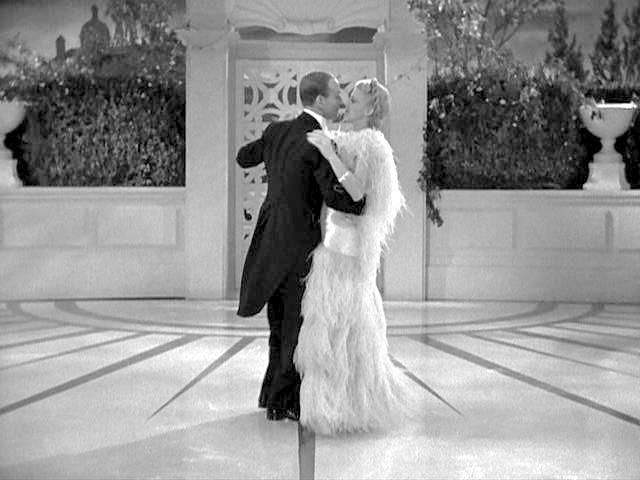



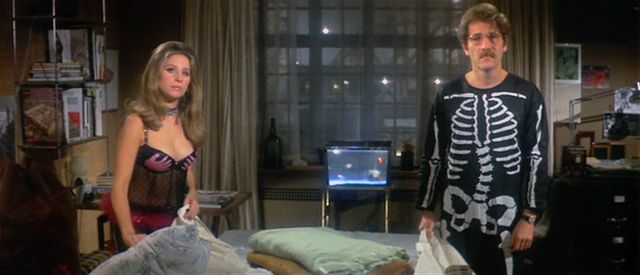


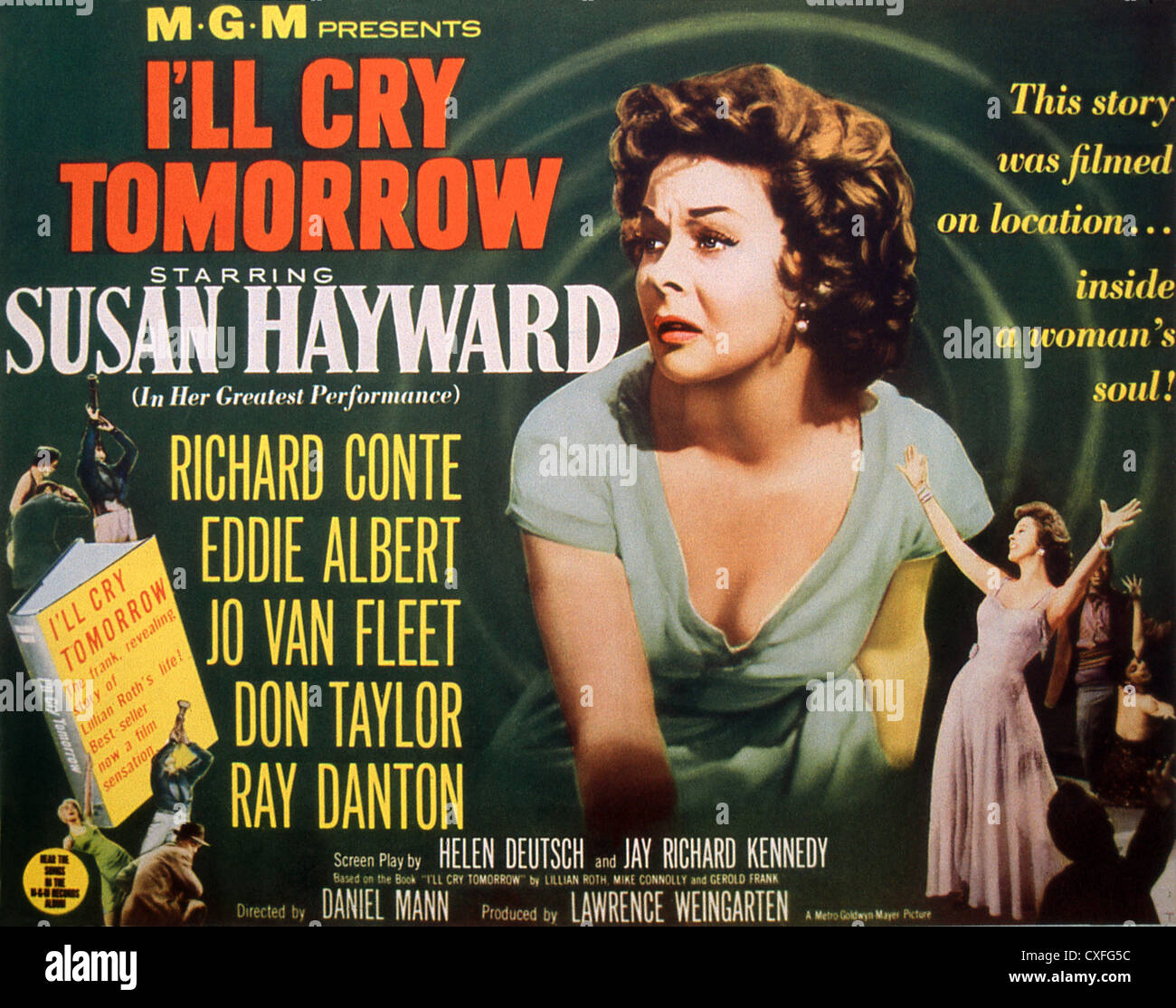


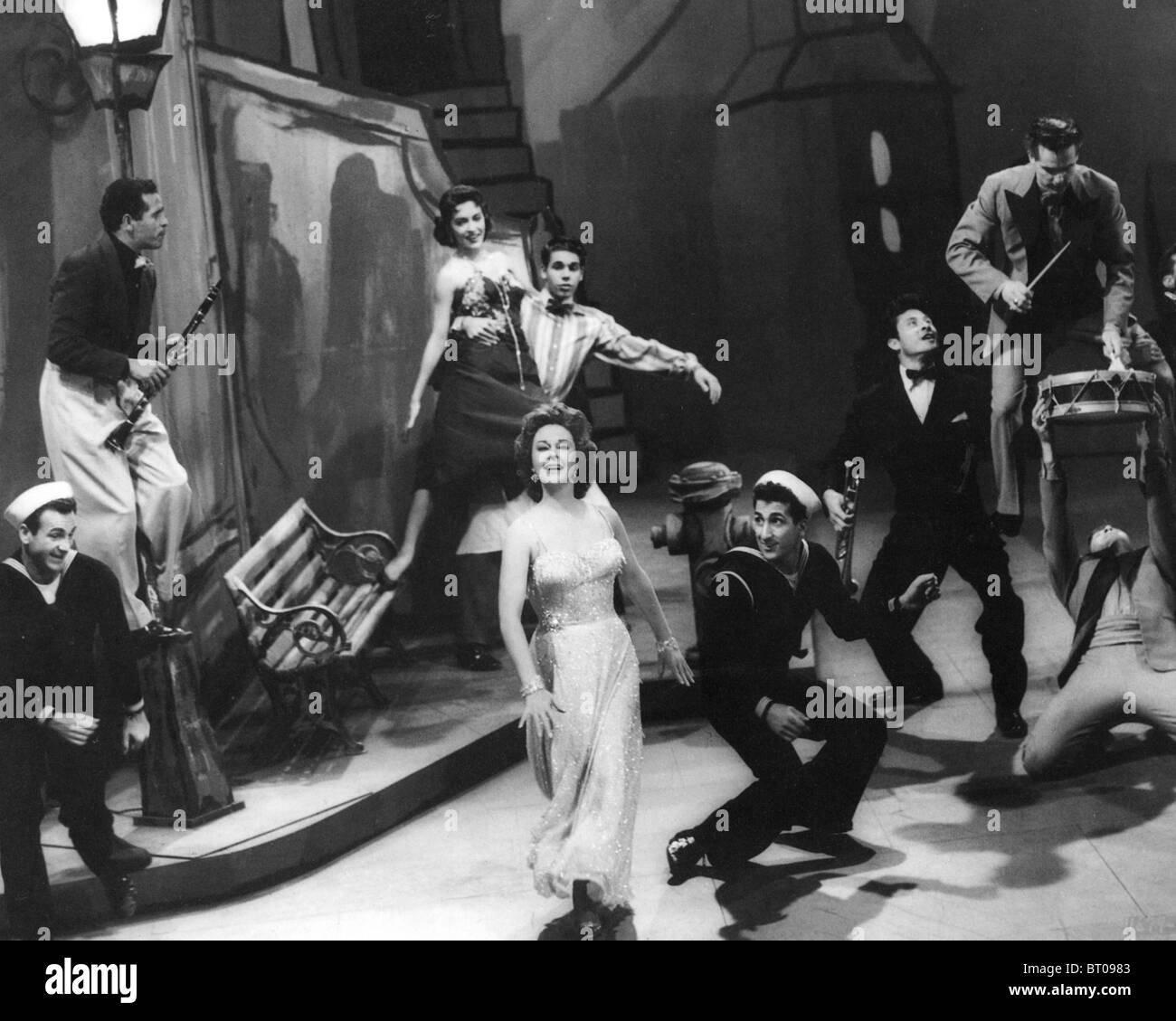
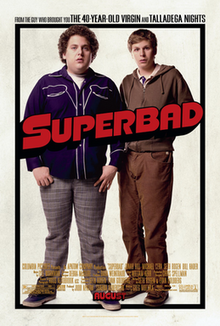
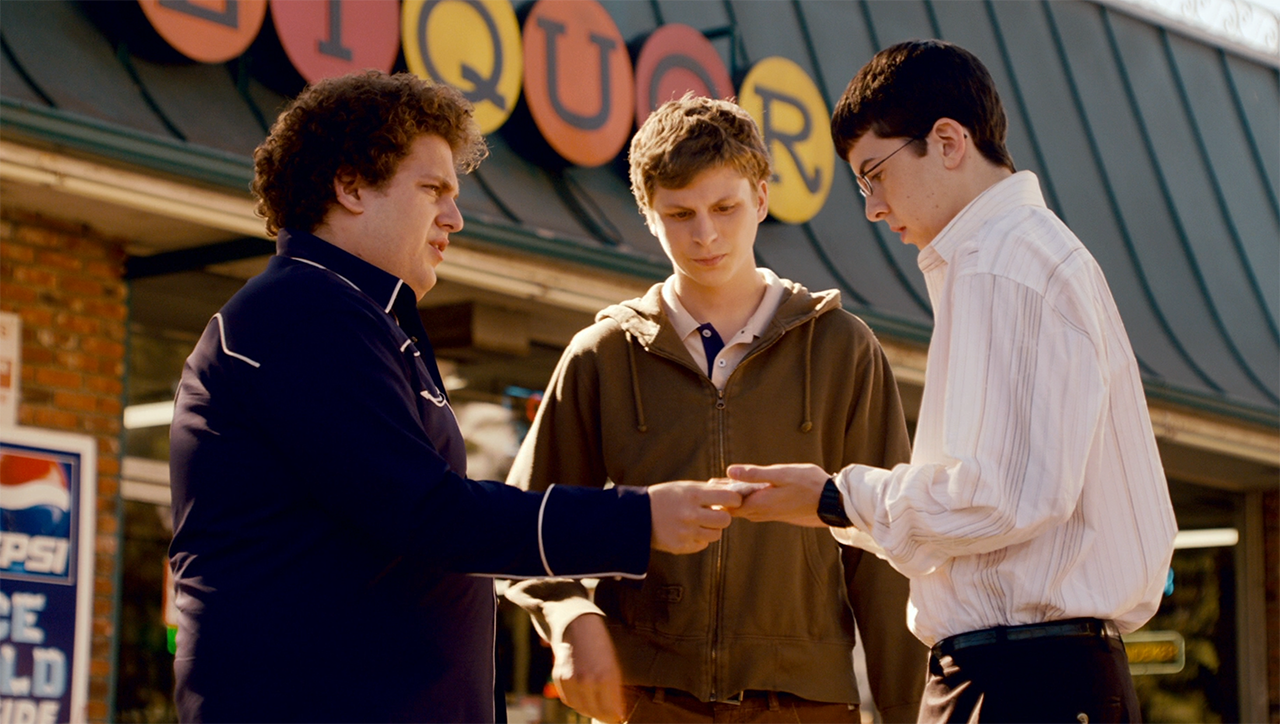






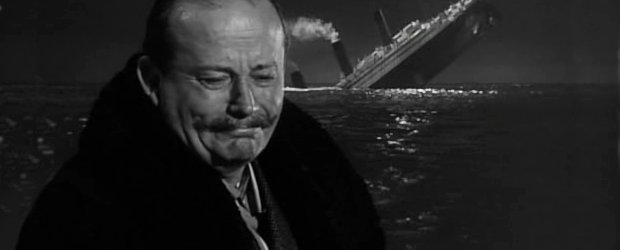


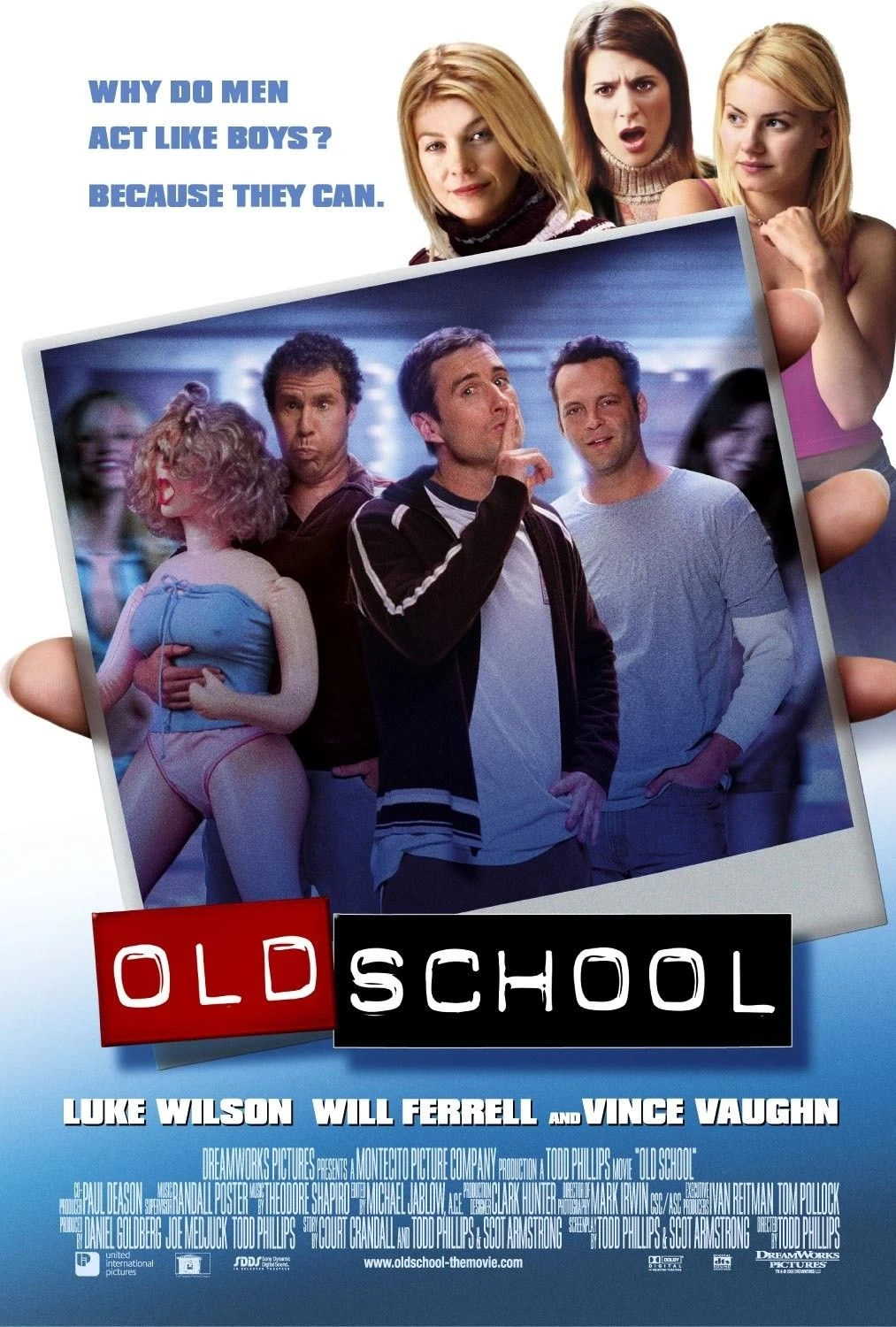

:max_bytes(150000):strip_icc():focal(959x0:961x2)/old-school-cast-6eea5894b5414fc69871d2cc7e8c93d0.jpg)





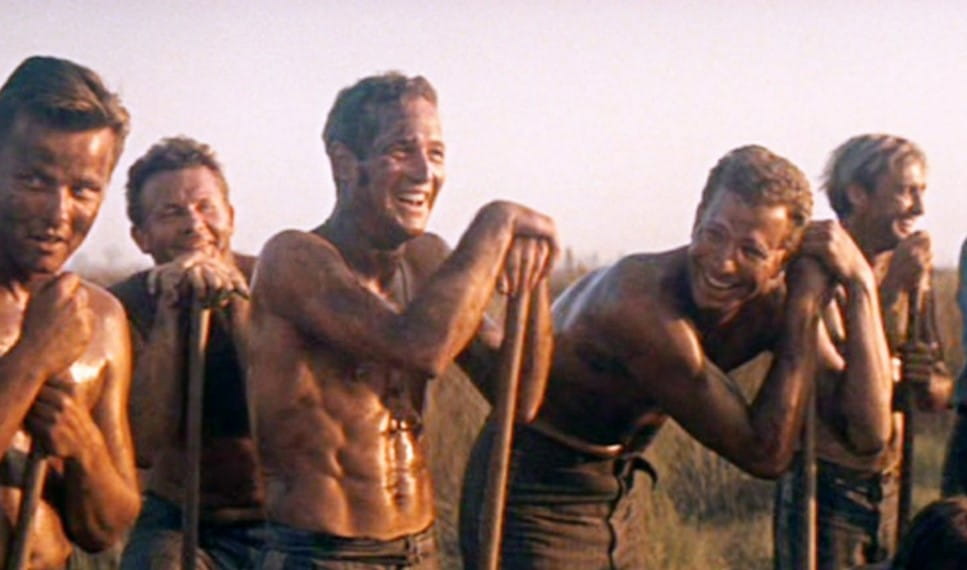
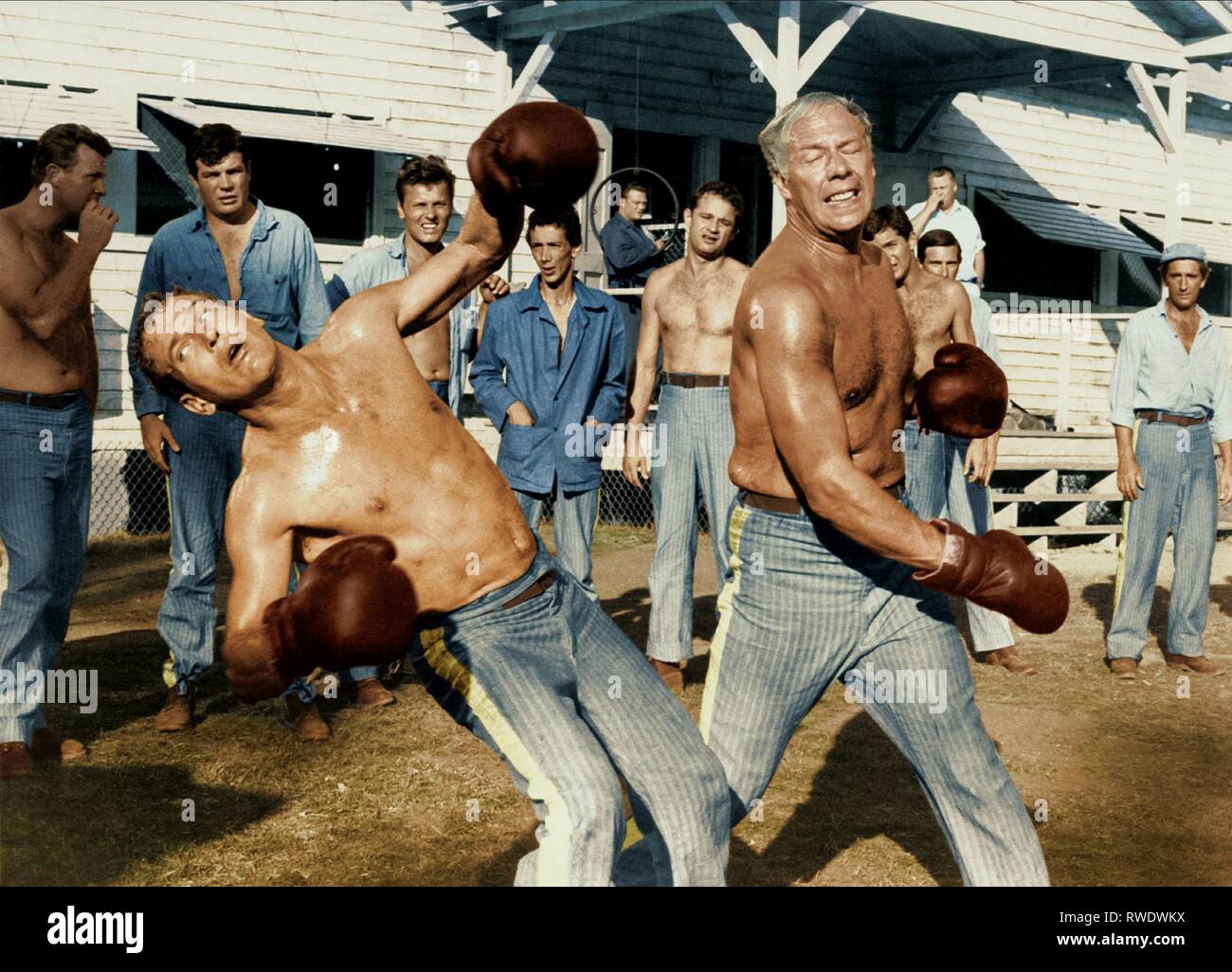
:max_bytes(150000):strip_icc()/cool-2000-a1e22c7dd17b4cb2b1006be3f8f9b76e.jpg)



